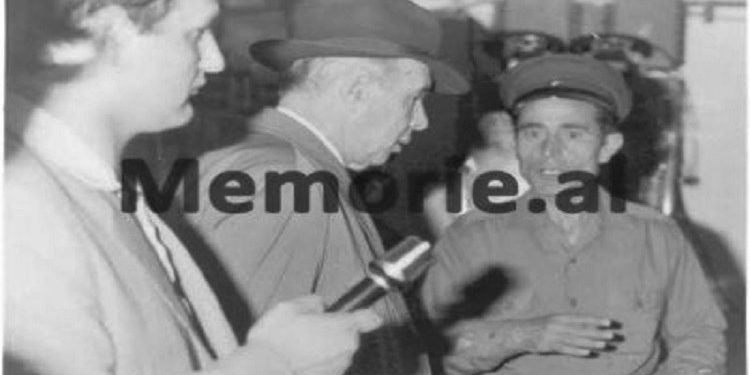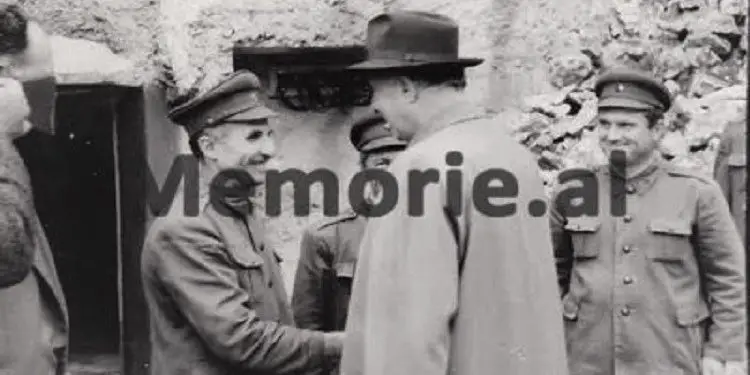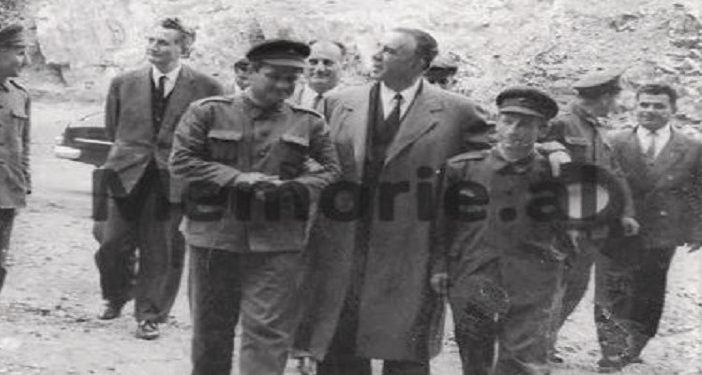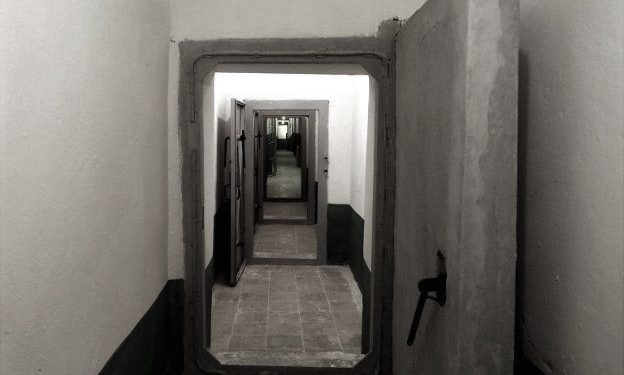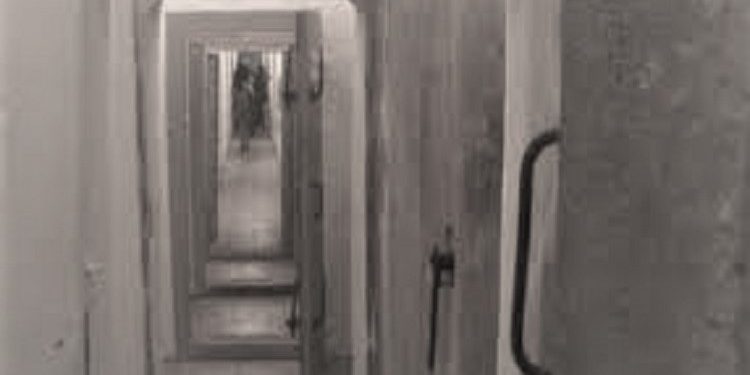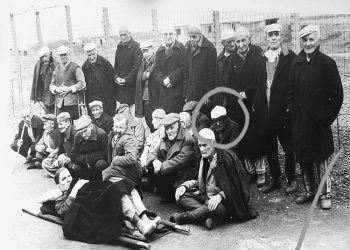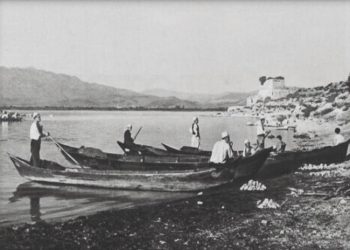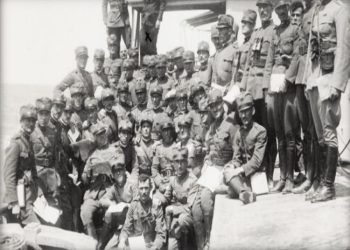Memorie.al/ publishes for the first time three rare photos of Enver Hoxha’s visit to the “Army Central Command”, where the underground shelter of the General Staff of the Ministry of People’s Defense, (known since 2014, and “Bunkart 1”). This underground shelter built in the north-east of the capital somewhere in the hills of Tufina, (where until the beginning of the ’90s, a large part of the military units of the Albanian Army, Artillery Plant, Liaison, etc. was concentrated) , would be considered as one of the most important anti-atomic military complexes of communist Albania.
Work on the construction of this giant complex began sometime in 1972, shortly after Enver Hoxha and the top Albanian communist leadership began the first divergences with its close friend, the Communist Party of China, which came after the US president’s visit. Richard Nixon, in China.
For the construction of that complex, whose project was realized for the first time, was worked intensively by the engineering forces of the Ministry of People’s Defense (military and civilian), where some of its specialists, military engineers (such as Colonel Josif Zegali, etc.). ), technicians and civil engineers and specialists, etc., had gone to gain experience and specialize in the construction of such military fortification facilities, in North Korea, as far as Sweden, Denmark and some other Scandinavian countries .
Unlike how it was done until then (but also after until 1990), that fortification engineering facilities, such as tunnels, fire centers, weapons depots, etc., were carried out with the work of the soldiers of the wards of (soldiers who did not have the right to bear arms), who came from families with biographical problems, there was work with soldiers, specialists and civil servants who had biographical guarantees, as that object was considered and was an object secret of special importance ”.
The destination of that giant facility, which cost the Albanian state a lot financially, was to shelter in case of a military attack on Albania, the General Staff of the Army, the Prime Minister together with the government cabinet, and of course the Secretary of the First of the Central Committee of the ALP, Enver Hoxha, as he was also the General Commander of the Armed Forces of Albania, from where it was presumed that he would lead the war.
Enver Hoxha’s room, as the Commander-in-Chief of the Armed Forces of the People’s Socialist Republic of Albania, was a large and more luxurious office than all the premises that were there. It was designed and would be used for work and housing in normal conditions, not only for him personally, but also for his wife, Nexhmija and his family (with close staff who would serve them in case of war), but that did not was never said publicly at the time, as it, like the object itself, was “Top secret and of particular importance”.
Enver Hoxha’s office consists of an anteroom, which would house the personal secretary, a work office, a bedroom and a toilet. Their furniture, although not of a special luxury, remains the most elegant of all the other premises of that giant building. Only in this room, as well as in the one dedicated to the Prime Minister Mehmet Shehu and that of the Chief of General Staff of the Army, Petrit Dume, was placed carpets, while its walls are covered with fiber, synthetic material since that time, was considered luxurious and of great value.
The premises intended for Mehmet Shehu as Minister of National Defense, consist of: anteroom for the secretary, working room, bedroom and bathroom. They are the second most luxurious place of the whole structure and are only a few meters smaller in size, compared to that of Enver Hoxha. While in Enver’s rooms, the walls are covered with expensive fiber, the walls in Mehmet hehu’s rooms are covered with wood.
Enver Hoxha never slept in this room, although he participated in two military exercises after the official inauguration that took place on June 24, 1978. These rooms, it is said that in the initial project were reserved for Prime Minister Mehmet Shehu, i who in the period of construction of the bunker (1972 – 1978), in the capacity of Minister of People’s Defense, had inspected and supervised the entire construction of its structure.
In these three photos, it is clearly seen Enver Hoxha, who is visiting the premises of this shelter, inside and at the entrance of the building and unlike his usual visits, he is not accompanied by high personalities, party and state, but there seen some low-ranking military, of the Ministry of People’s Defense, who had worked on its construction. The underground shelter complex of the General Staff of the Ministry of People’s Defense was never put into use. /Memorie.al




